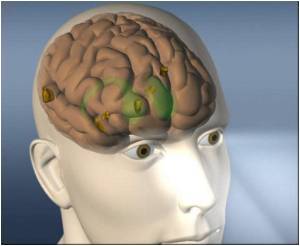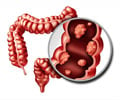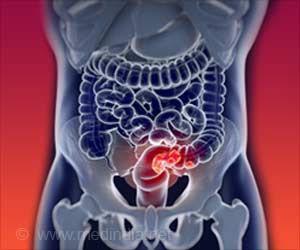Brain-tumor cells that are infected with a cancer-killing virus release a protein that warns other tumor cells to mount a defense against the virus, shows study.

The infected tumour cells release a protein called CCN1 into the narrow space between cells where it initiates an antiviral response. The response limits the spread of the oncolytic virus through the tumour, reducing its ability to kill cancer cells and limiting the efficacy of the therapy.
The study suggested that cells in general might use this mechanism to help control viral infections, and that blocking the response might improve oncolytic viral therapy for glioblastoma and perhaps future gene therapy treatments.
Oncolytic viruses replicate in tumour cells and kill them. They have shown promise for the treatment of glioblastoma, the most common and deadly form of brain cancer. Patients with glioblastoma survive about 15 months after diagnosis on average, so there is great need for new treatments.
"We found that, in the extracellular matrix, this protein orchestrates a striking cellular antiviral response that reduces viral replication and limits its cytolytic efficacy," explained researcher and principal investigator Balveen Kaur, associate professor of Neurological Surgery at the OSUCCC - James.
"These findings are significant because they reveal a novel mechanism used by infected cells to fight viral infections and alert adjacent uninfected cells to prepare their defences to fight off forthcoming viral attacks," Kaur said.
Previous research led by Kaur found that oncolytic virus therapy induced the release of CCN1 into the tumour microenvironment. For this study, Kaur and her colleagues used glioma cell lines, oncolytic viruses derived from human herpesvirus type 1 (HSV-1), and glioblastoma animal models.
In the extracellular space, CCN1 reduces viral replication and the killing of glioma cells.
CCN1 induces a type-I interferon antiviral response using an integrin cell-surface receptor.
"Overall, this finding reveals how extracellular signaling can contribute to viral clearance. We can now utilize this knowledge to improve future viral gene therapy," Kaur concluded.
The study was published in a recent issue of the journal Cancer Research.
Source-ANI
 MEDINDIA
MEDINDIA




 Email
Email










